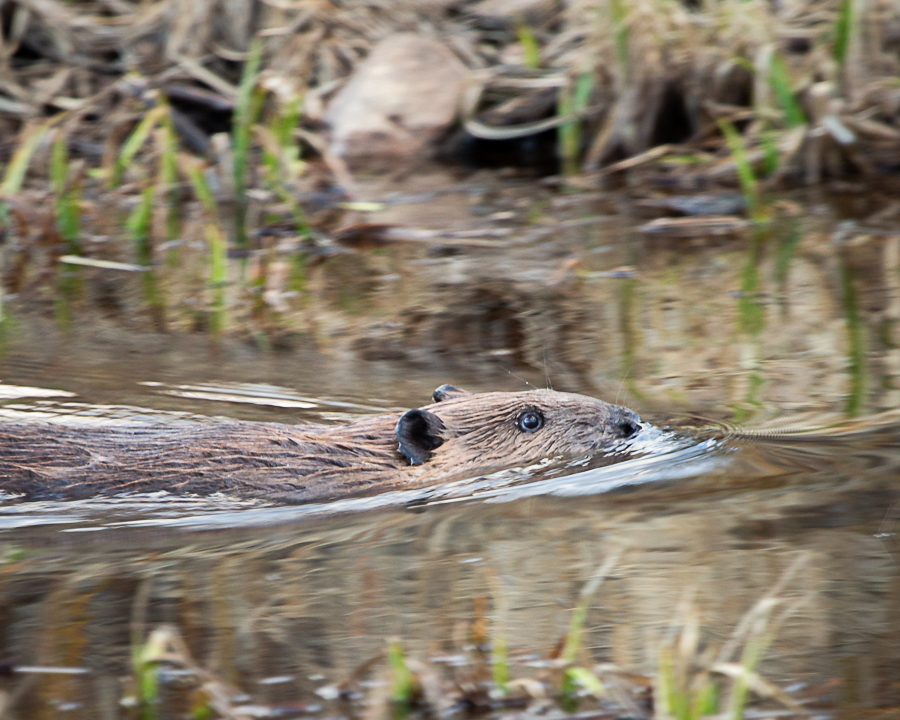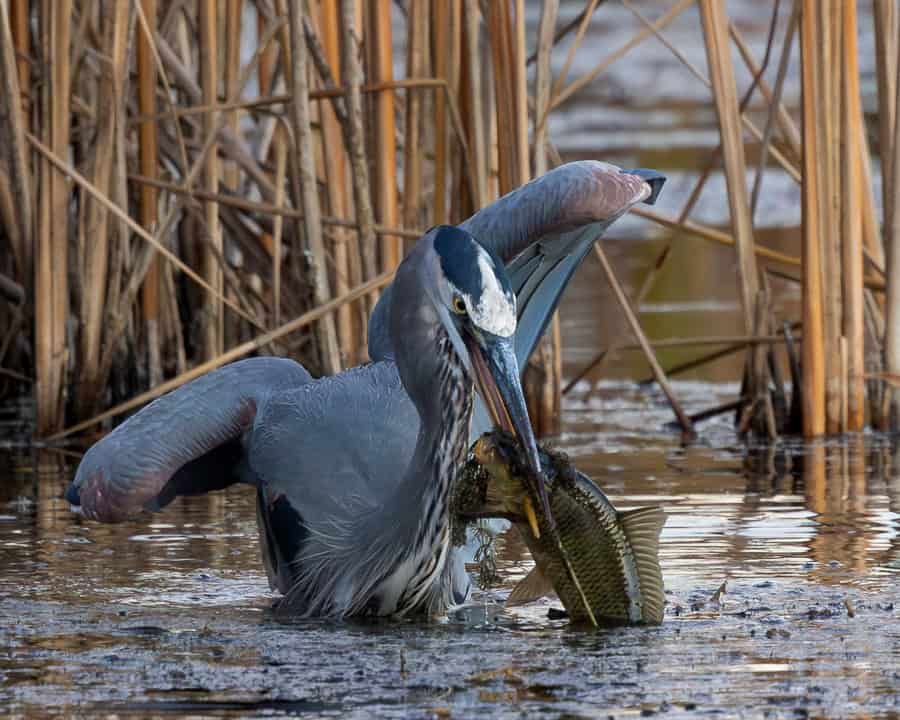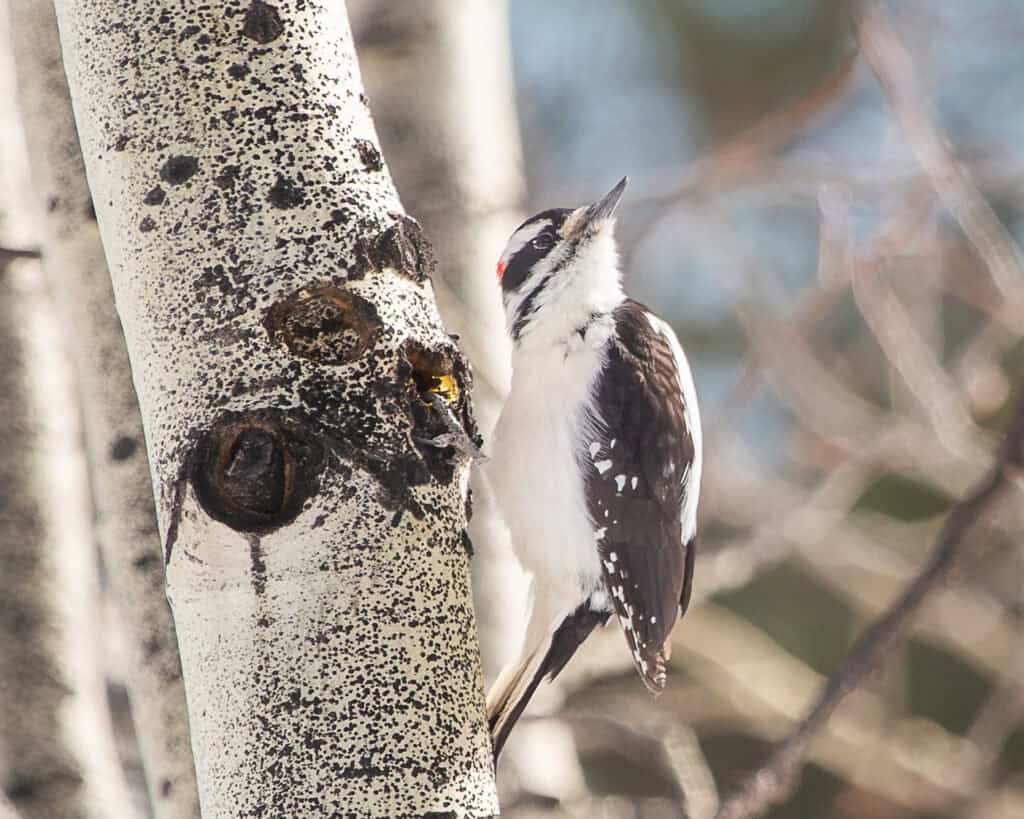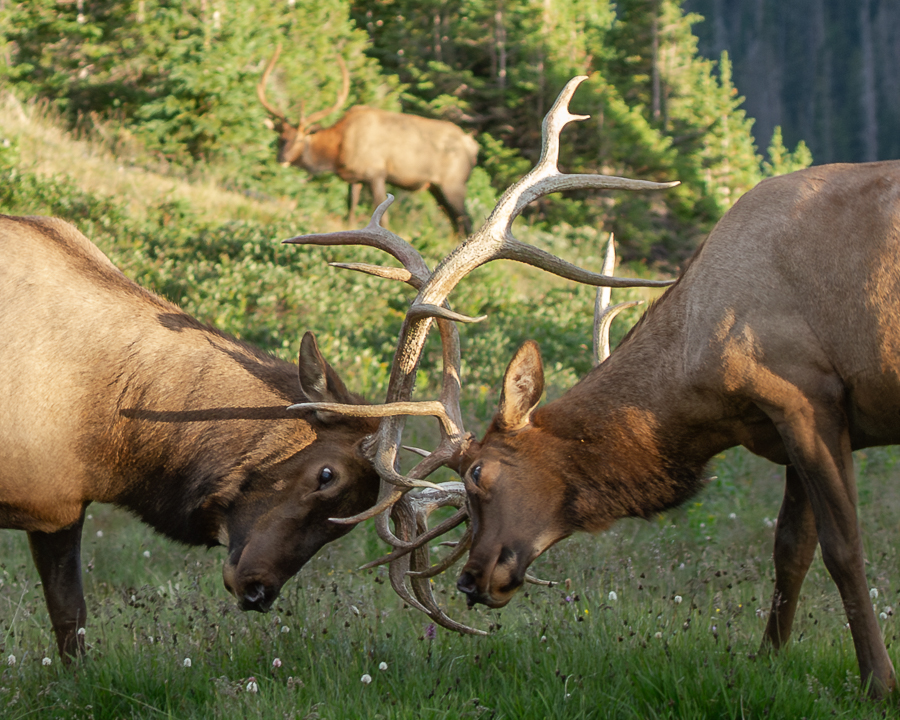Have you ever been hiking among the peaceful quiet of a wetlands area and been startled by an abrupt splash of water nearby, followed by an eerie return to tranquility? It is generally safe to say that, outside of the possibility of your chosen wetlands being immediately adjacent to human habitations, that perceived affront was not another human throwing rocks at you or even into the water. Chances are, you just experienced the infamous tail-slap of nature’s greatest engineer, the beaver, warning its neighbors of the possibility of danger from your presence.

Beavers are the world’s 2nd largest rodent next to the capybara, and North America’s largest. Adults weigh between 35 and 65 lbs, with the largest recorded specimen topping out at a whopping 110 lbs. Pre-European settlement numbers of the animals are estimated to have been somewhere between 60-400 million beavers plying the waterways of North America. By the early 1900’s, their numbers were devastated to as few as 100,000 due to insatiable pelt harvesting. Thanks to their prolific breeding and reintroduction programs, the population has rebounded to an estimated 10-15 million, and currently their biggest threat comes from loss of habitat and eradication because of misguided “protection of lands” from perceived property damage.
The engineering feats of these creatures are known the world over. Beaver lodges are built in waterways, and their dams are constructed to slow the flow of the water around the home as a form of structural protection. The dome-like lodge is built around a mounded platform of sticks and mud and usually has multiple entrances from the waterway for easy escape from predation. While the inner mound allows for a warm and dry dwelling, the water inside the lodge is also used for food storage and preservation. The cold water keeps their favorite foods of tree bark, twigs and leaves fresh for later consumption, much like our refrigerators.
Beaver dams average as much as 100 yards in length, with a world record dam found in Alberta, Canada’s Wood Buffalo National Park measuring in at an astounding 800 yards. They are constructed with trees, branches, debris and mud packed in with their large, flat tails. While not complex in their design, these structures are incredibly complex in their functionality. Not only do they protect the lodge from rushing water, the mud and sticks act as a filter, helping to create cleaner water downstream. The slow water-flows also help to prevent erosion of the waterway’s banks.
This newly formed wetland area thus allows for better irrigation for surrounding plants, with the increased moisture helping to mitigate localized drought. Further, this saturated ground prevents wildfire dangers. All these benefits combine to culminate in the attraction of increased plant-life, fish, other wildlife which hunt the fish, and apex predators to hunt the smaller species. In total, a dramatic increase in biodiversity, the very crux of survival and growth in the natural world.
Beavers build these structures by cutting down trees using their iconic enlarged incisors (front teeth). These teeth never stop growing, so tree-cutting is necessary along with grinding of the teeth themselves, to prevent overgrowth. If their teeth get too long, they can no longer fully close their mouths and adequately chew their food, which ultimately leads to starvation.
Tree-cutting typically happens within 100 feet of their ponds. If more distant trees are required, they may raise the height of the dam to increase the pond size and get closer to the trees. Even more astounding, they may also dig canals from a pond to even more distant trees creating a waterway with which they can transport the lumber to the dam or lodge with ease.
I made the statement above regarding their eradication due to habitat loss and misguided protection of lands. This is not to say that the species is endangered, simply that getting rid of them can produce drastically worse conditions for the land over time. One could argue that with all this knowledge about the expansive and amazing benefits of beaver dams, that removal of the beaver is likely to result in far more property damage in the long run. If you happen to have any around your property, you might want to lose your attachment to the trees and their aesthetic value in lieu of gaining some much-needed wildfire protection. Sadly, it’s the dammed beavers that get the blame for preventing the “progress” of ultimately harmful land use.
https://www.oneearth.org/the-benefits-of-beavers/
https://www.fws.gov/story/beavers-work-improve-habitat
https://canadiangeographic.ca/articles/animal-facts-beaver/
Originally published in The Mountain-Ear






